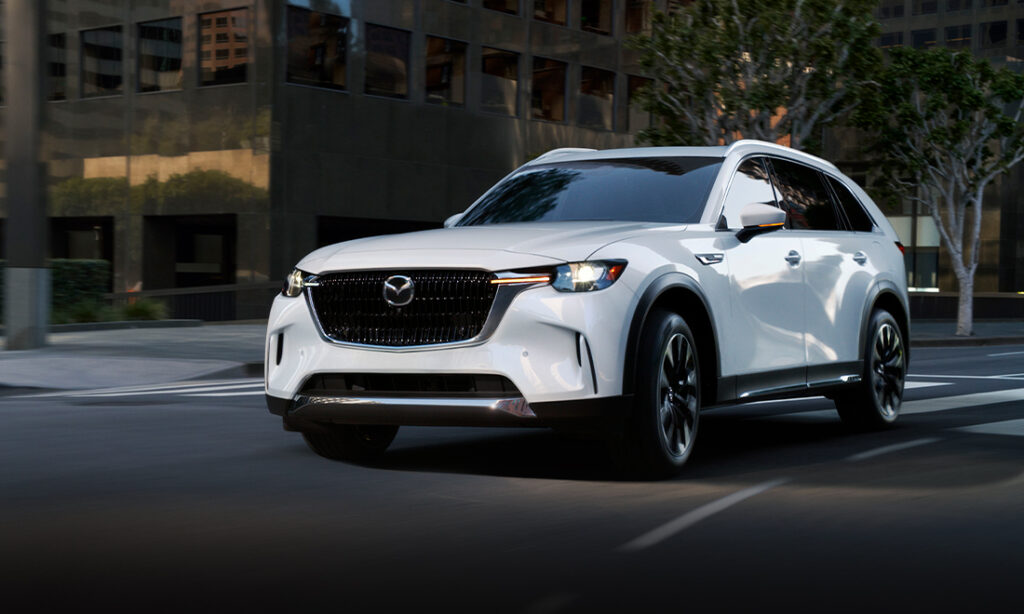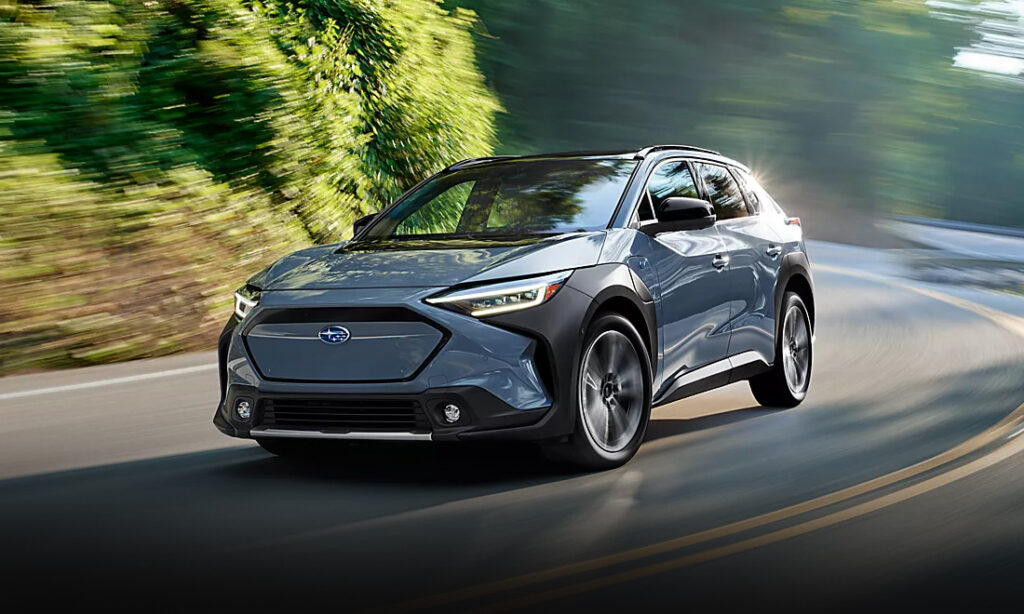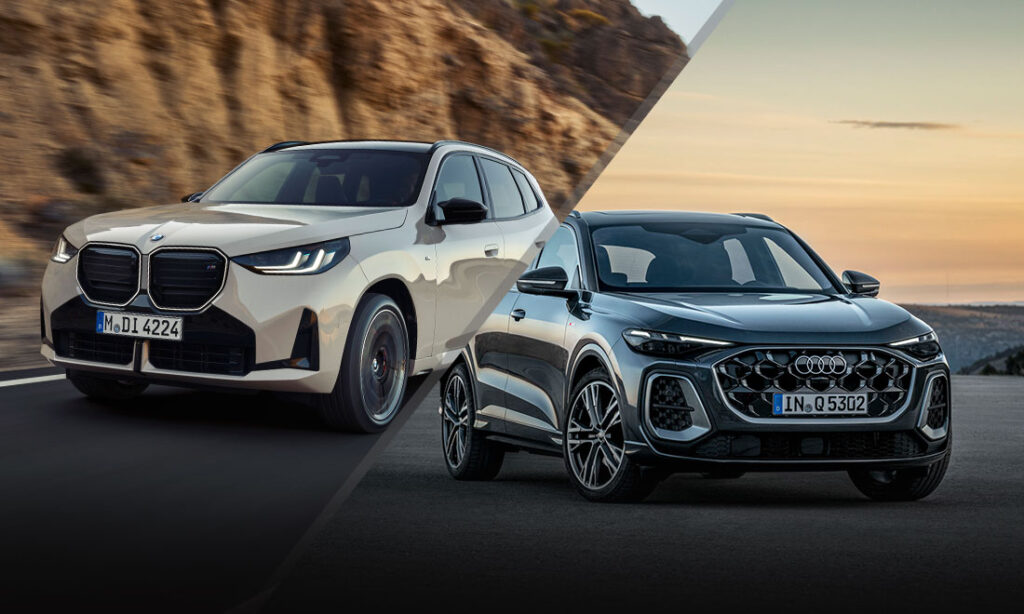2025 Honda Odyssey vs 2025 Toyota Sienna
The Honda Odyssey and Toyota Sienna go head-to-head in our in-depth comparison. From pricing to interior options, find out which family hauler comes out on top!
Two Great Minivans for a Family of Five
For American families, there are two big names that dominate the minivan space. On their own, these are two of the best-equipped, fastest, and best bang-for-your-buck new minivans you can buy today. But only one of these can go home with the average family of five. Today we take a look at the 2025 Honda Odyssey and the 2025 Toyota Sienna.
Specs
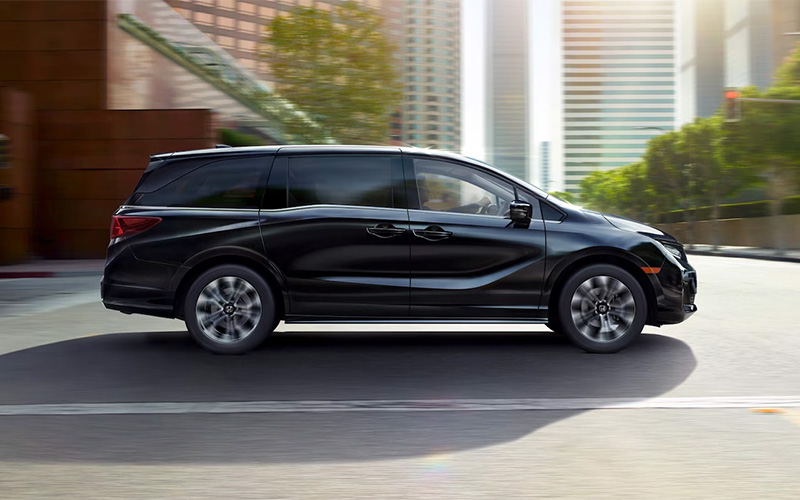
The Sienna and the Odyssey tackle the drivetrain department in North America very differently. Starting with the Honda, the Odyssey is a love letter to how high-end minivans all used to be built in the late-2000s through the 2010s. There’s no hybrid option or even an all-wheel drive on offer here. You get a 3.5-liter V6 whose lineage stretches back to the mid-90s. It’s good for 280 horsepower plus 22 combined MPGs.
The Sienna is the polar opposite in many respects. It’s ditched the straight-ICE powertrain entirely in favor of a 2.5-liter engine paired with two electric permanent-magnet synchronous motors and a 1.9 kWh battery. That’s good for 245 horsepower and a combined fuel economy of a combined 36 MPG and the Sienna offers both front-wheel and all-wheel drive options.
In truth, your preference between the two will be tied to whether you want a sporty feel and superior performance versus top-notch efficiency and fuel economy. Most sensible families would pick the Sienna, but cool moms and cool dads might find the sporty V6 Odyssey very tempting.
Comfort and Interior
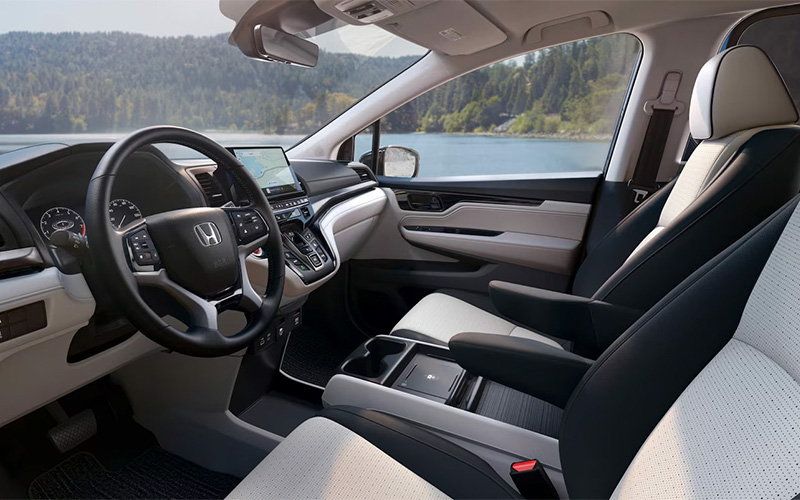
The Odyssey and Sienna find different but equally valid ways to make good use of interior space. Both The Odyssey and Sienna seat seven or eight people, depending on if you want a bench seat or captain’s chairs in the second row. The Honda is also slightly more spacious in the second row, with 40.9 inches of legroom compared to 39.9 in the Toyota. The third-row legroom is an equally tight race, with 38.1 inches in the Odyssey compared to 38.7 in the Sienna.
The Odyssey is arguably a bit more clever inside; second row power sliding seats can be completely removed unlike the Sienna’s. The Odyssey also introduces plush, leather seats at the entry point of the range, with the EX-L starting at $42,222 a perk noticeably absent from the Sienna’s lower priced trims.

Meanwhile, the entry-level Sienna LE at $39,185 makes do with cloth seats before the XLE trim at $43,995 nets you SofTex synthetic leather upholstery. From there, the Limited trim at $50,200 gives you leather-trimmed front seats. Cargo space is also competitive between the two, with 32.8 cubic feet behind the third row in the Odyssey and 33.5 cubic feet in the Sienna. Apart from the base trim, all Siennas come with a 12.3-inch touchscreen and traditional speedometer and tachometer pods instead of a digital display.
But in the category that matters more than the rest combined, the Sienna edges out the Odyssey by just one. That’s because the Toyota has 18 cupholders spread throughout all three rows of seating, compared to a measly 17 cupholders in the Odyssey. We’ll accept your shock and horror at this time. Thank you. That aside, both interiors do a very serviceable job, but the Odyssey might be just a bit more clever.
Trims and Features
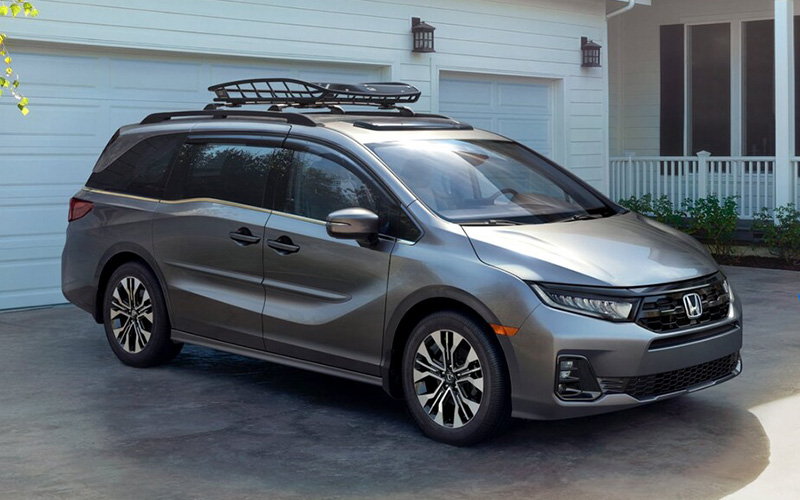
Honda has always prioritized family-friendly innovation in the Odyssey, and one of its standout features is CabinTalk, a clever driver-to-rear-passenger communication system that comes standard across all trims. This allows parents to easily speak to their kids in the back without having to raise their voice, with the audio playing through the rear speakers or connected headphones.
Stepping up to the Touring trim at $46,910 adds another layer of convenience with CabinWatch, a built-in camera system that provides a live feed of the rear seats directly on the center screen. This means no more awkward mirror adjustments or craning your neck to check on sleeping toddlers or bickering siblings—just a quick glance at the screen keeps everything in view.
For those who want to take their Odyssey experience to the next level, the Elite trim at $51,180 delivers premium entertainment and sound. It boasts an 11-speaker, 550-watt stereo system, ensuring crisp, powerful audio for every passenger. Whether it’s road trip playlists or favorite podcasts, this system provides an immersive listening experience. The optional rear-seat entertainment suite further cements the Odyssey as one of the most well-equipped family haulers on the market.
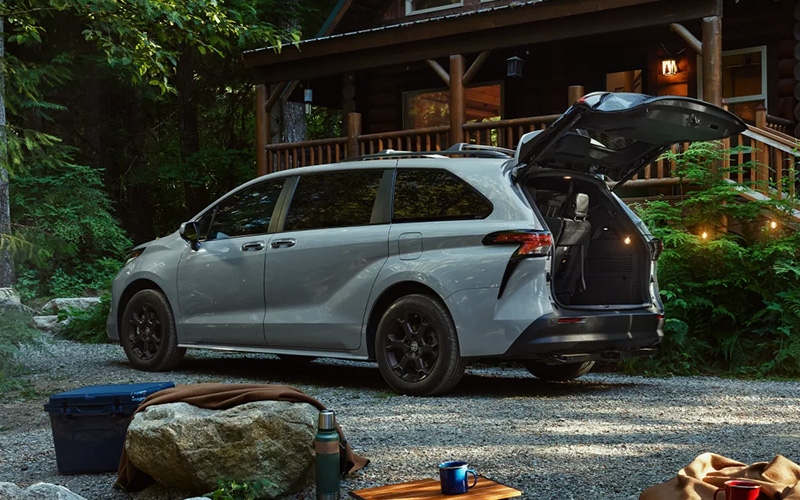
The XLE trim, priced at $43,995, adds a touch of sophistication and convenience to the Sienna lineup. It enhances the driving experience with a power sliding moonroof and sunshade, letting in more natural light for an airy cabin feel. Inside, a larger navigation screen makes finding your way even easier, while SofTex vegan leather seats provide a stylish and comfortable upgrade from the base trim. For families looking for a balance of premium features without breaking the bank, the XLE is a solid step up.
Then there’s the Woodland Edition at $50,425, a trim that dares to break the minivan mold. Designed for adventure, this rugged variant rides higher thanks to a factory lift kit, giving it better ground clearance for those off-the-beaten-path excursions. But Toyota doesn’t stop there—it also comes equipped with a tow hitch rated for 3,500 lbs., making it capable of hauling a small camper or trailer for weekend getaways.
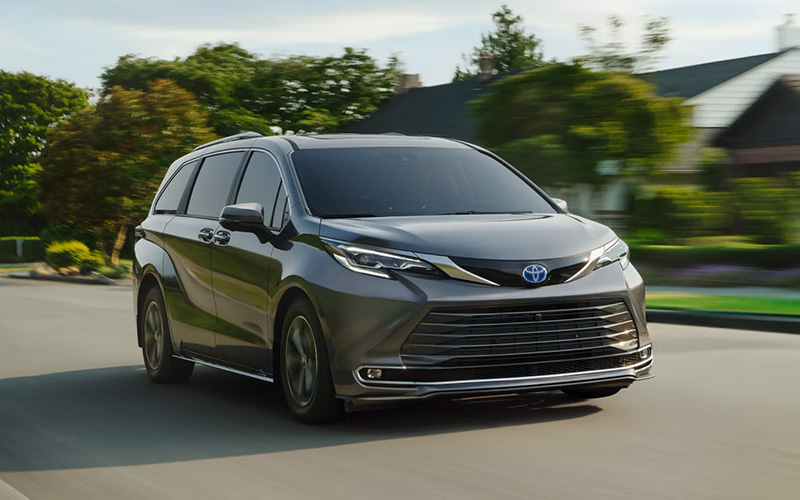
At the high end, the range-topping Sienna Platinum trim at $56,145 provides a built-in vacuum cleaner and a FridgeBox for keeping snacks and drinks cool. That’s aside from a super-contemporary suite of driver assistance features, which includes goodies like blind spot detection, 360-degree surround-view cameras, and adaptive cruise control by the time you reach the top of either range.
All in all, the Sienna and Odyssey trade proficiencies in various features to the point picking between them is legitimately maddening. The deciding factor comes down to one item in the end.
The Verdict
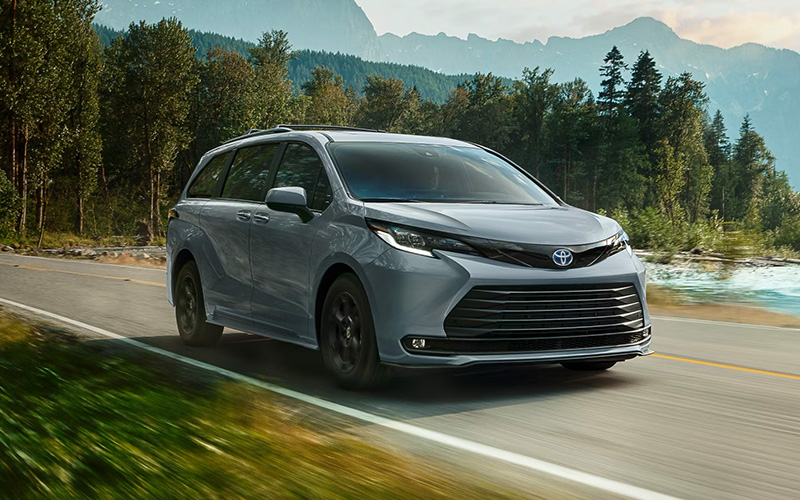
What would that deciding factor be? Well, let’s just say the group that prefers V6 power and a sportier driving experience is significantly smaller than the one that prioritizes hybrid fuel efficiency. In the ultra-important MPG category (arguably second only to the number of cupholders for family buyers) the Odyssey simply can’t compete with the Sienna’s fuel-sipping hybrid powertrain. The difference is substantial enough that any budget-conscious shopper, or anyone looking to maximize efficiency on long road trips, would likely lean toward the Toyota Sienna over the thirstier Honda Odyssey.
That said, it’s important to note that both of these minivans remain outstanding choices in their own right. Whether you prioritize power or efficiency, each offers a well-designed, family-friendly package loaded with thoughtful features, proving that minivans are still some of the most practical vehicles on the road today.



